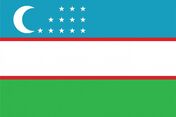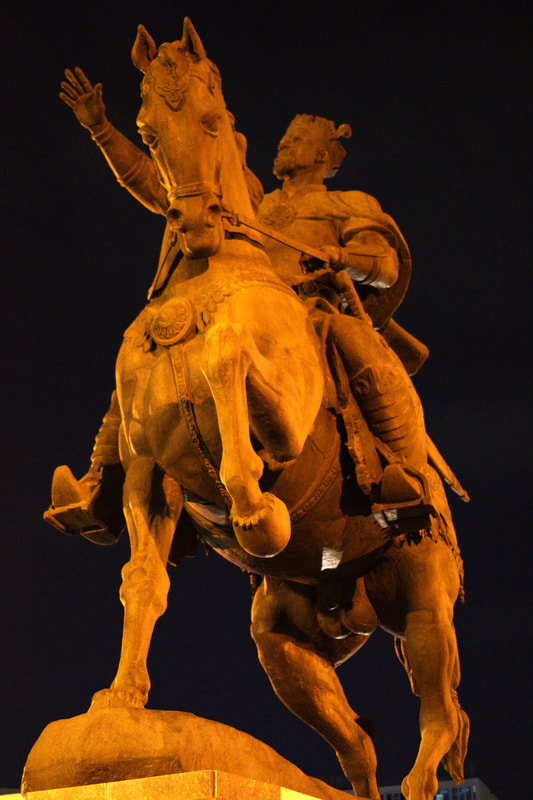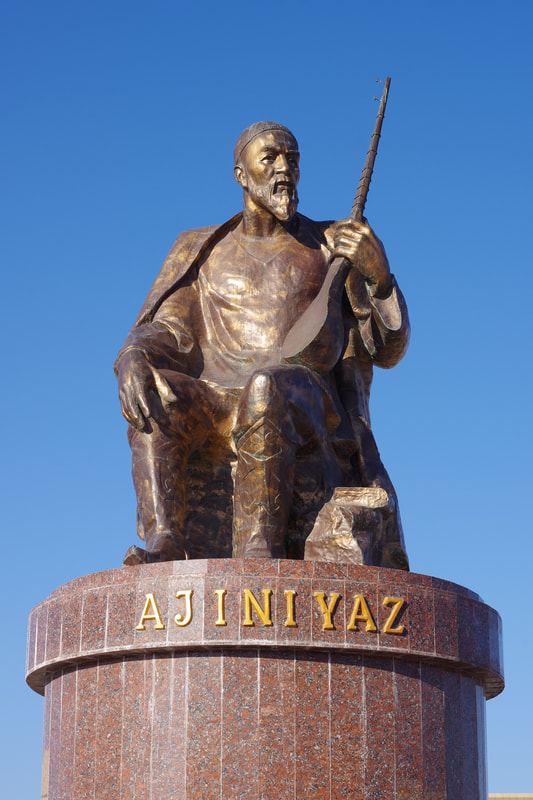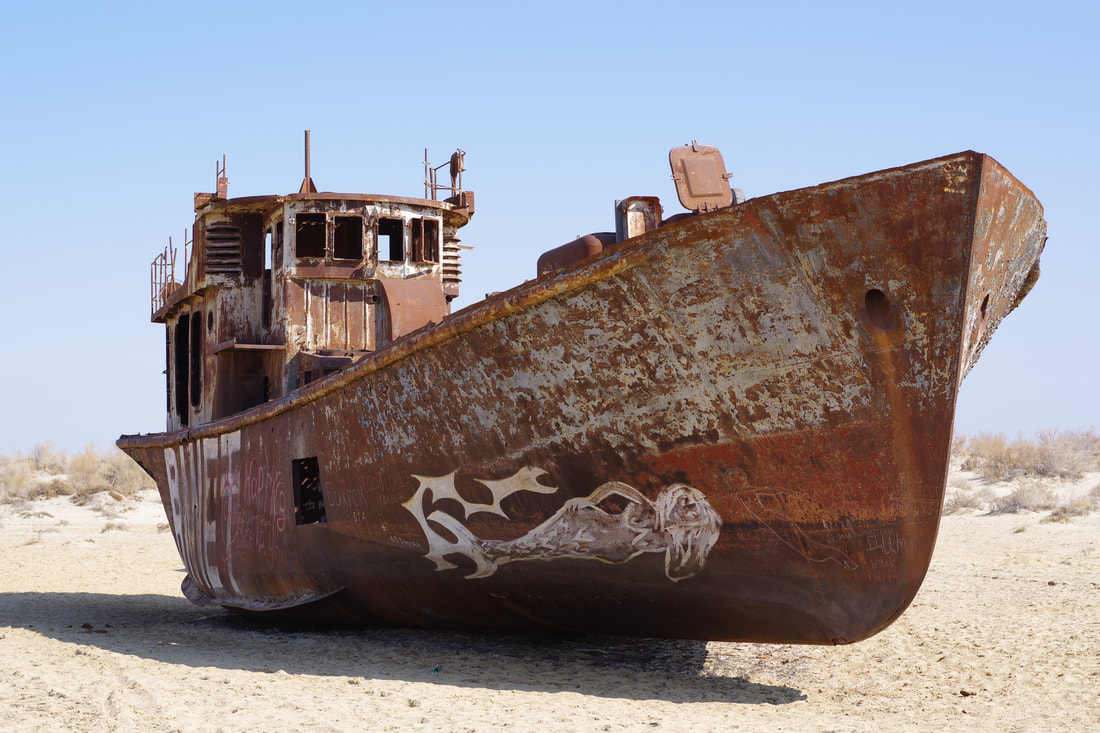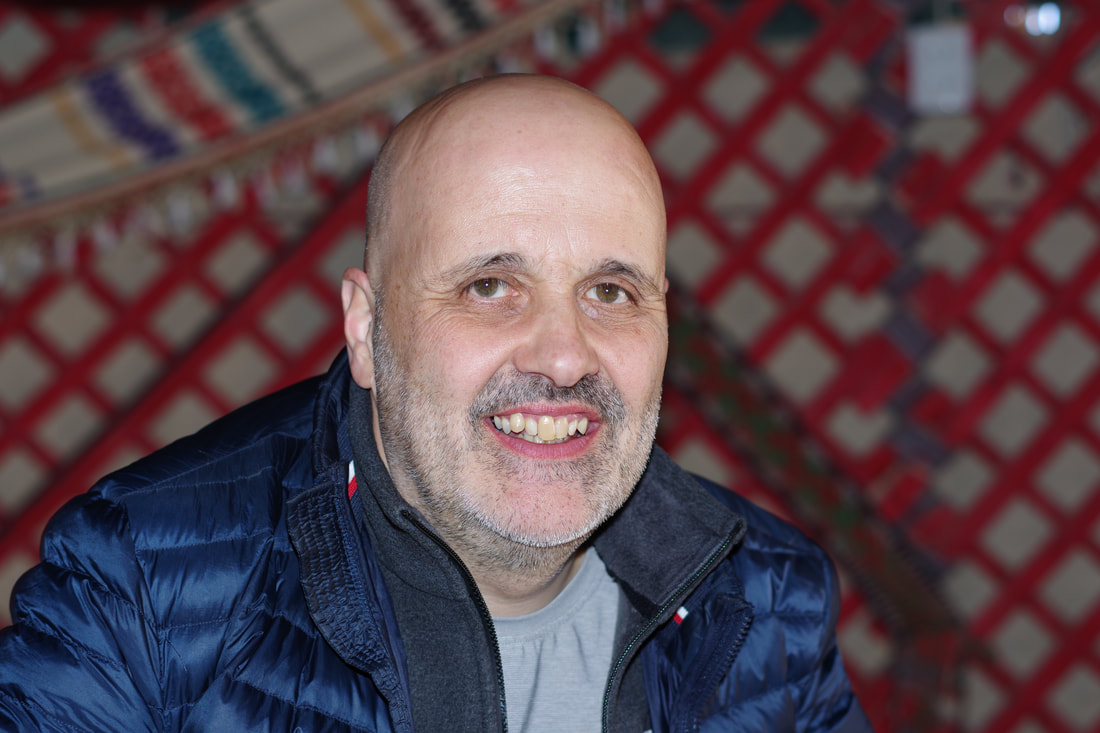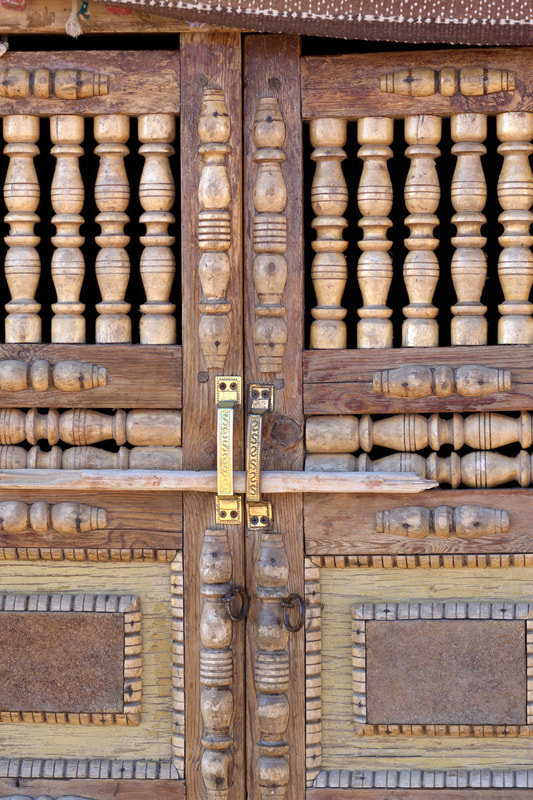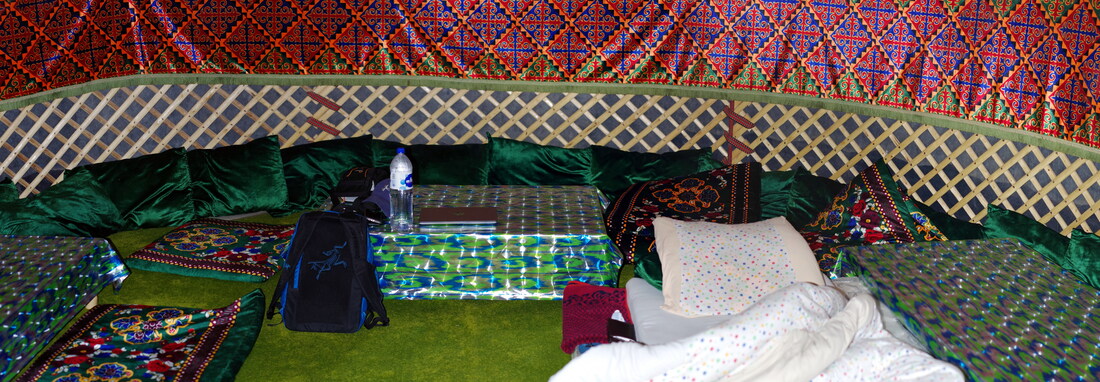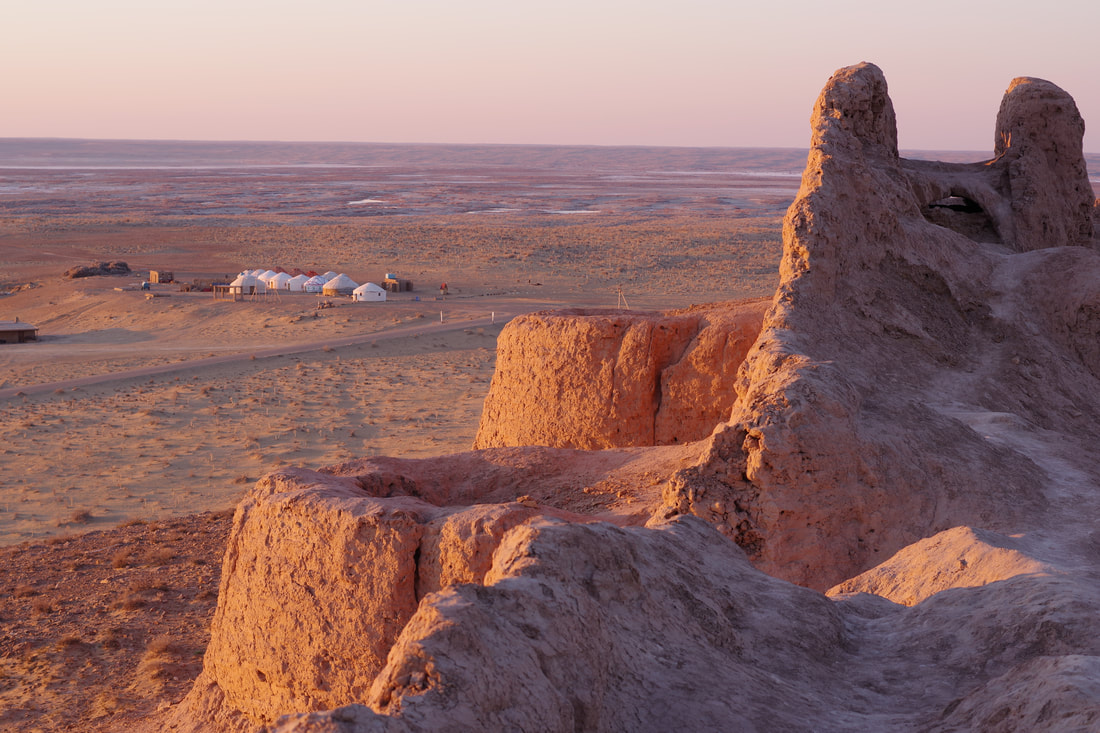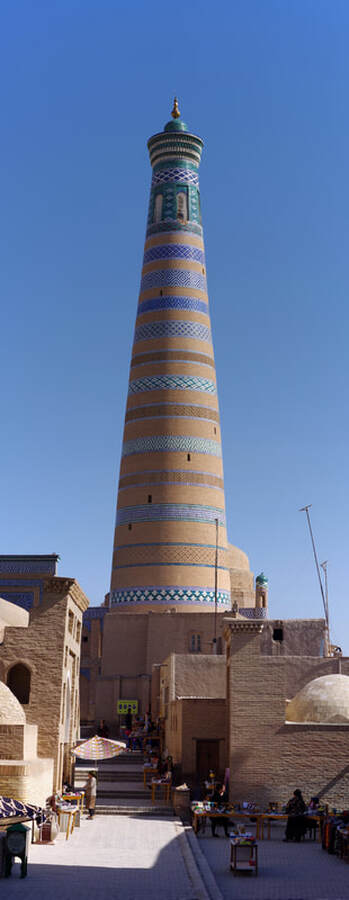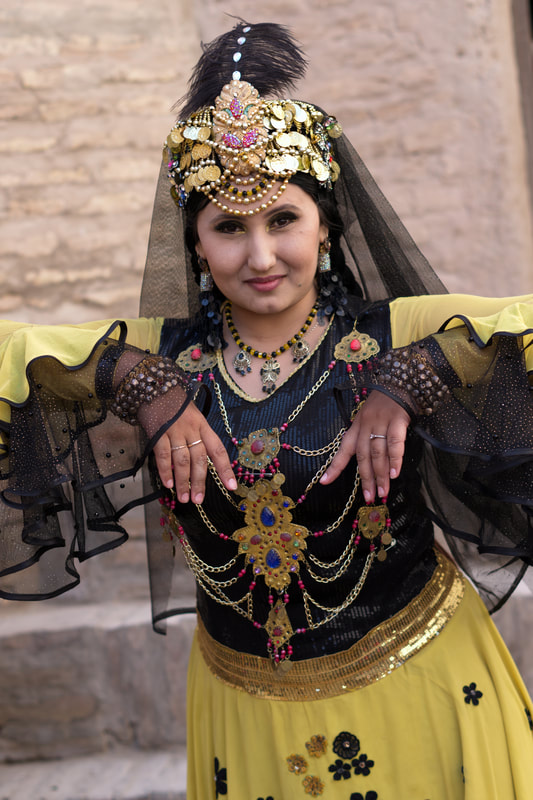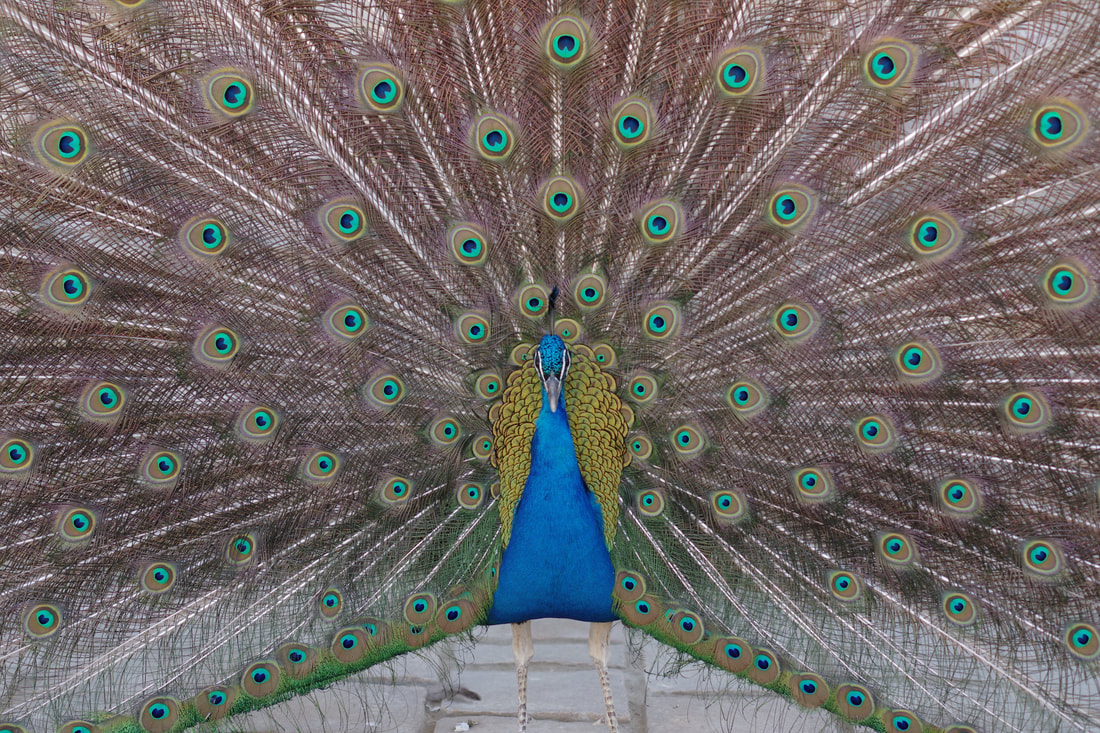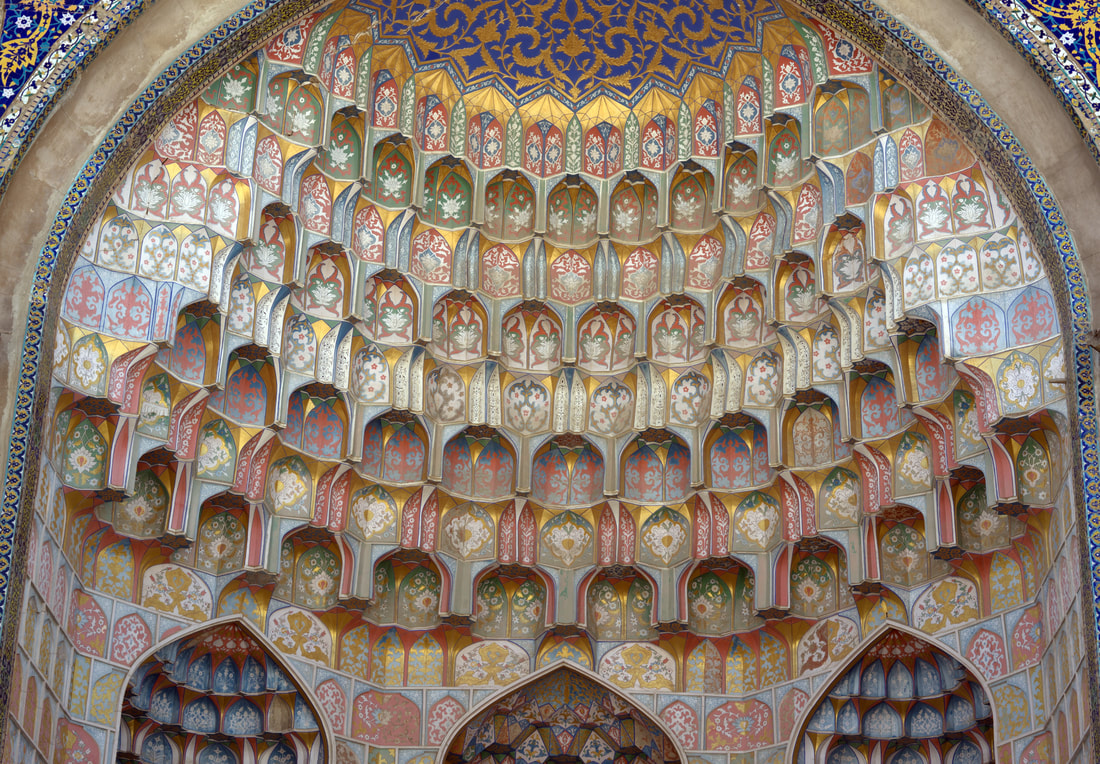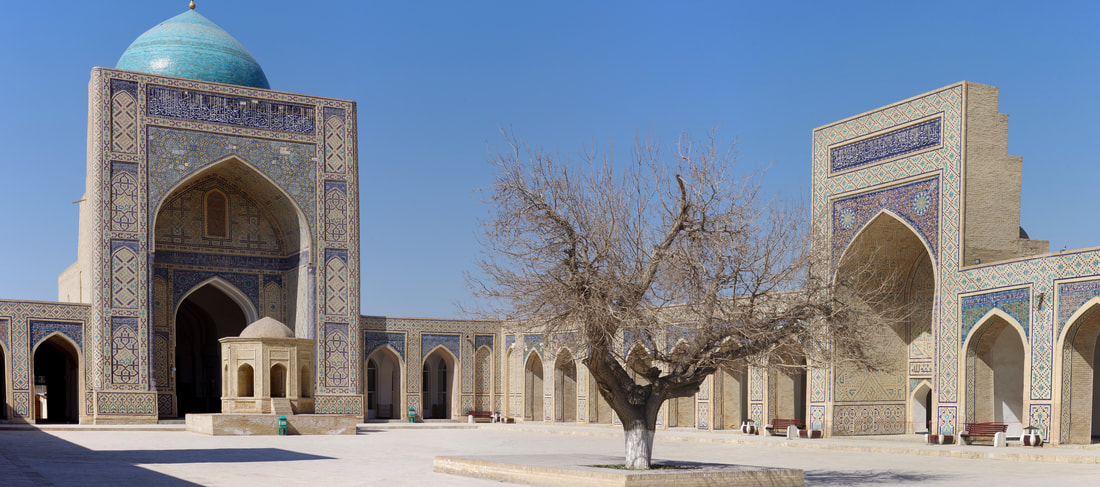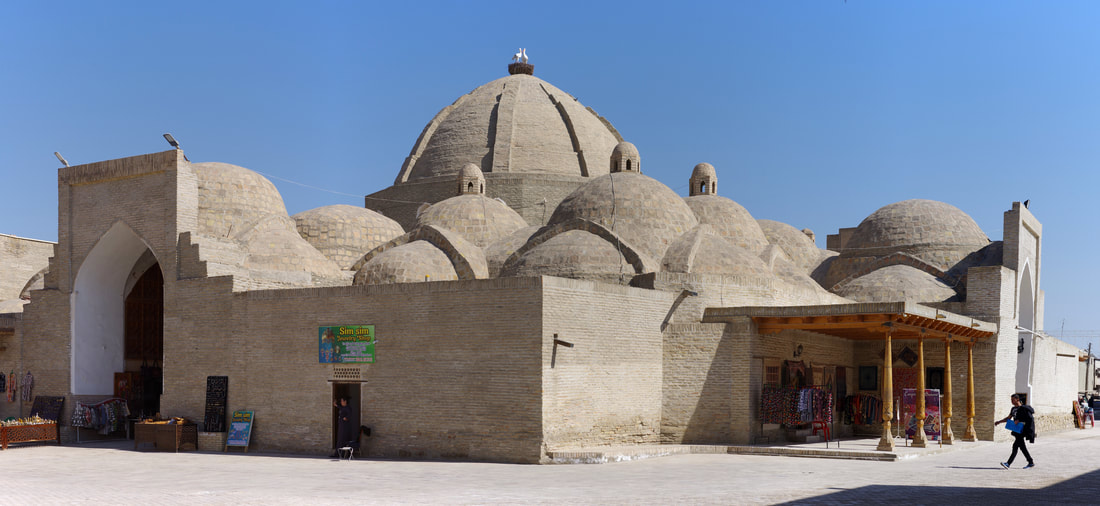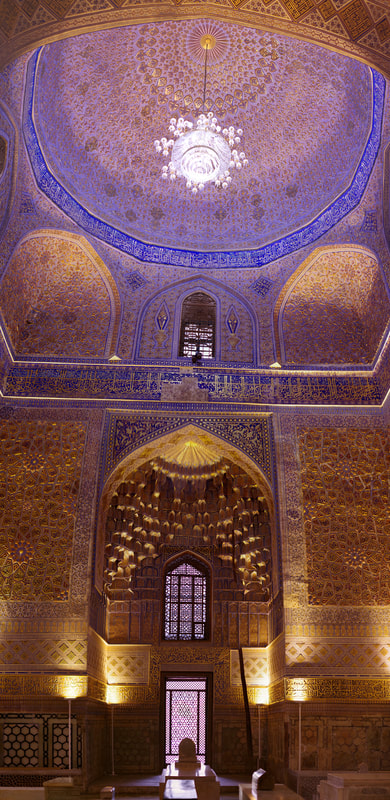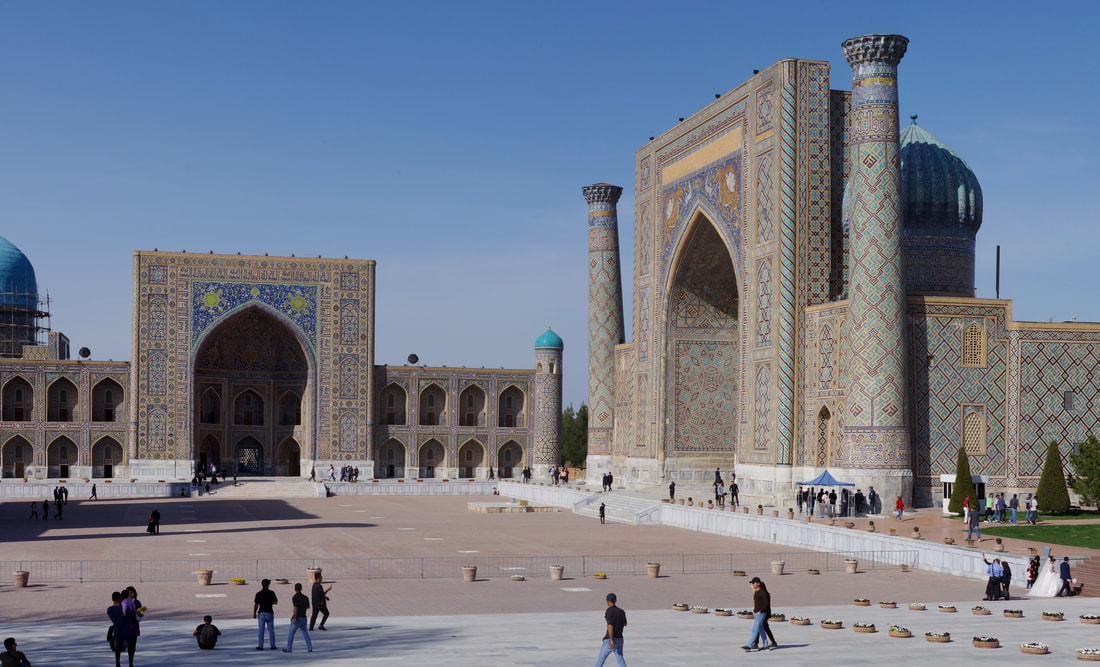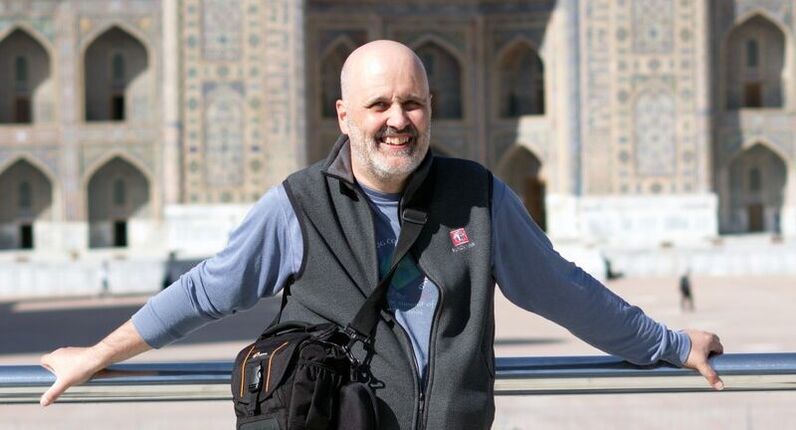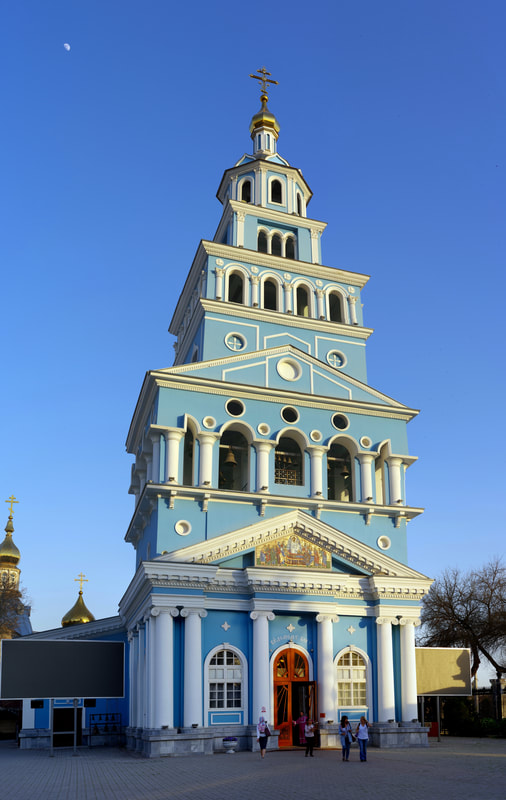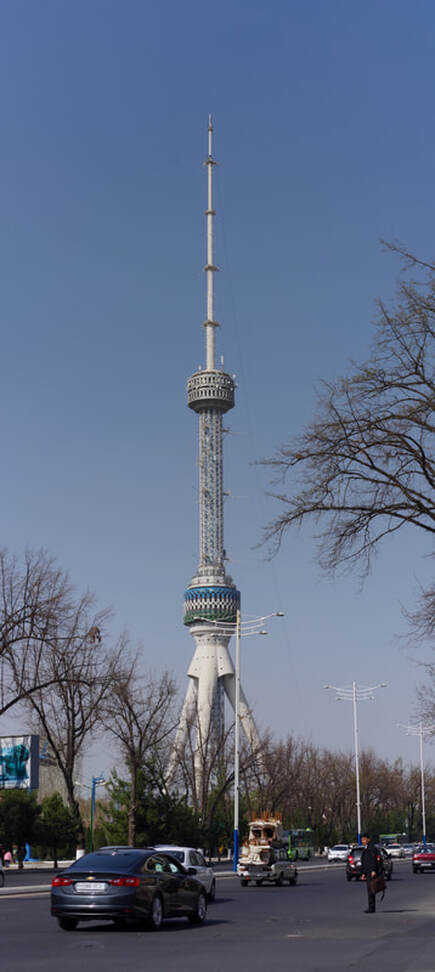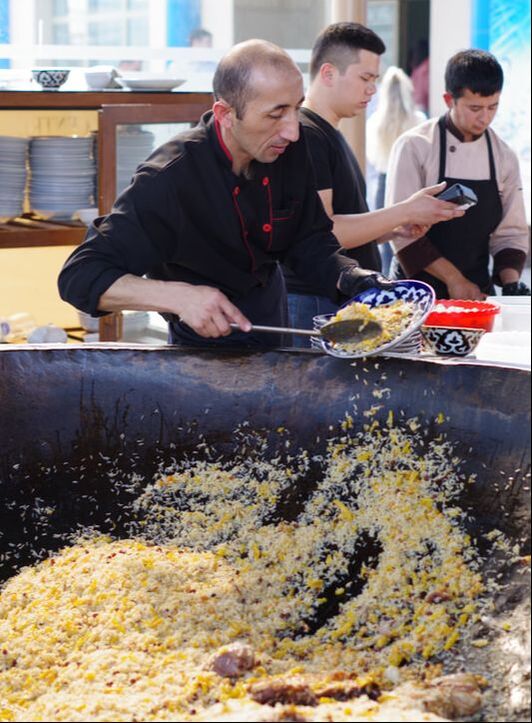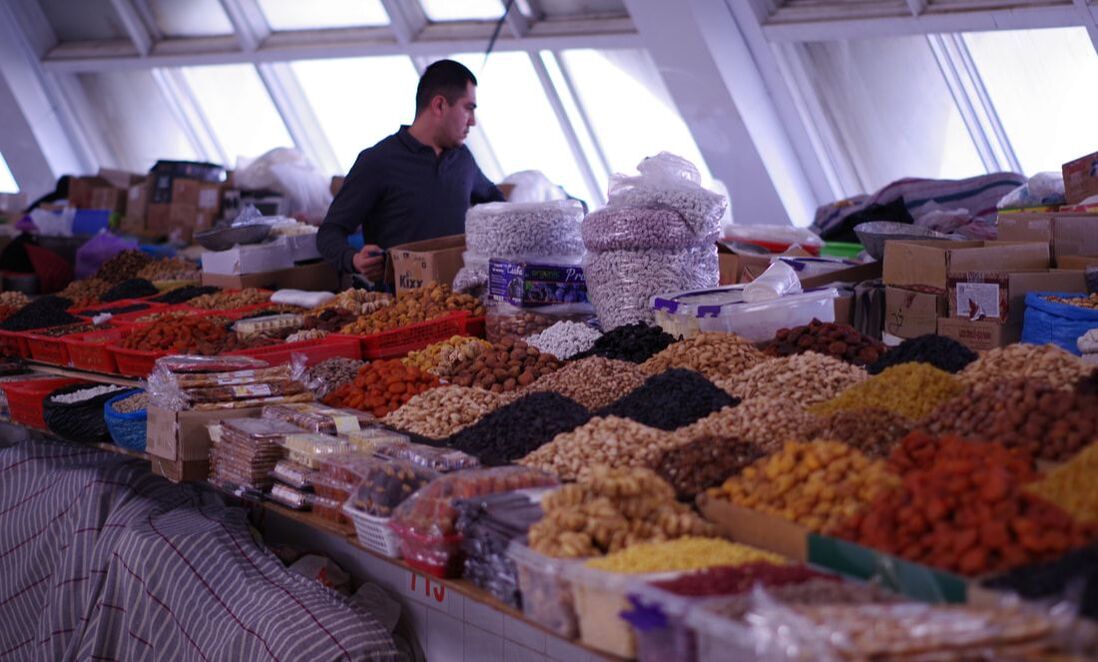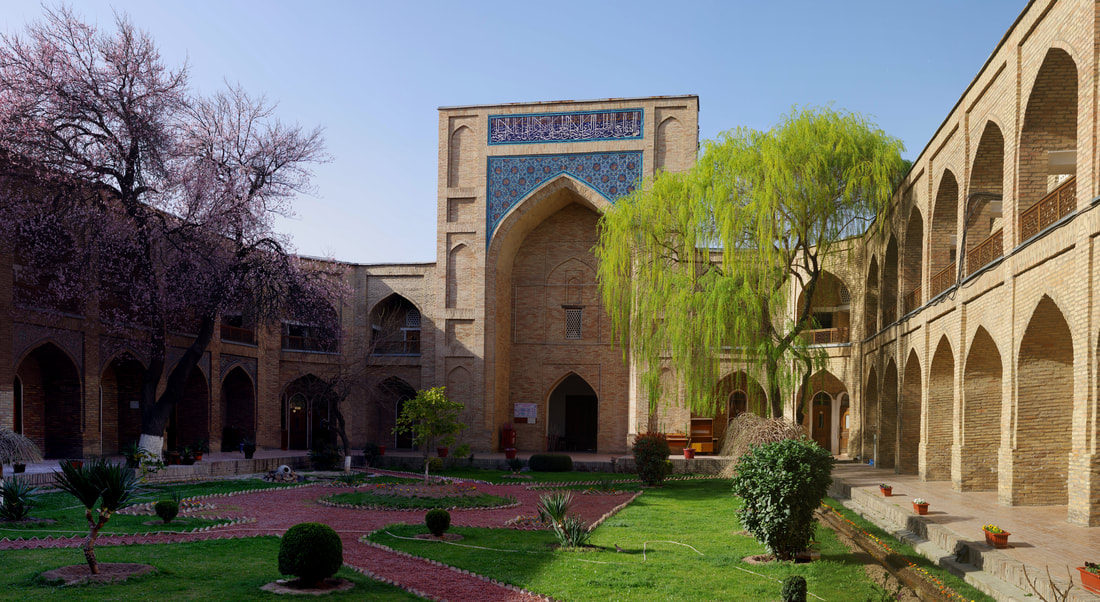TashkentI arrived without any Uzbek som and leaving the plane, I did not pass through the main airport terminal building, so did not pass any cash machines, so I was negotiating in tenge. There were a lot of aggressive drivers competing for my business. One kept on grabbing my suitcase and when I chose a different driver, he became very aggressive to my driver.
The hotel room I thought I had booked was not booked so I had to go online and sort out accommodation. In the evening, I went for a long walk and explored the pedestrianised streets where they were celebrating Women's Day. This was just an overnight stop before heading for Nukus. |
Mo'ynoqFormerly a sea port, now home to only a few thousand residents at most, Mo‘ynoq's population has been declining precipitously since the 1980s due to the recession of the Aral Sea.
The Aral Sea's problems has its origins in the American Civil War. Due to the war, the cotton production decreased. The Russian Empire saw an opportunity and started growing cotton in the area. In the early 1960s, the Soviet government decided the two rivers that fed the Aral Sea, the Amu Darya in the south and the Syr Darya in the east, would be diverted to irrigate the desert, in an attempt to grow rice, melons, cereals, and cotton. Having seen photographs of the ships in the desert or the "Ship Cemetery", this was my main motive for visiting Uzbekistan. After, spending a lot of time exploring the rusty ships, I enjoyed some refreshments in a nearby yurt. |
Ayaz-Kala and Yurt CampAyaz Kala was built in the second century by the Kushan Empire. The now-ruined fortress is speculated to have been built as part of a chain of border fortresses guarding the borders of the Kyzylkum Desert.
I spent a lot of time exploring the fortress as I decided that I wanted to watch the sun set from this high vantage point. A highlight of the trip was staying at the yurt camp within walking distance of the fortress. My hostesses were so friendly and welcoming. It is a place I would like to return to. |
KhivaThis was my favourite of Uzbekistan's cities, mainly because everything is contained within the old city walls rather than the places of interest being more scattered as in Bukhara
The Islam Hoja Minaret (left) can be climbed with care. The steps are steep and the lower section is in the dark! It is possible to feel for hand holds, which feel very positive once found. The dancer below very kindly posed for me! |
SamarkandLeft: Gur-e-Amir or Amir Timur's Mausoleum. Gur-e Amir is Persian for "Tomb of the King". This architectural complex with its azure dome contains the tombs of Tamerlane, his sons Shah Rukh and Miran Shah and grandsons Ulugh Beg and Muhammad Sultan. Also honoured with a place in the tomb is Timur's teacher Sayyid Baraka.
Above: The Registan was a public square, where people gathered to hear royal proclamations, heralded by blasts on enormous copper pipes called dzharchis - and a place of public executions.
Below: In front of the Registan. |
TashkentTashkent was probably at the bottom of my list of places to visit, but I did like the city. It felt so much more Russian, so I felt very comfortable there. On arrival back in Tashkent, I went for a (very long) walk from the hotel to track down the Holy Assumption Cathedral (left). The cathedral is very beautiful inside, but a very long service was in progress, preventing any photographs.
I only had the one night in Tashkent, but my flight was not until very late on my last day in Uzbekistan, so I had all day to explore. My initial plans were to take the metro to the TV Tower (below left) and Plov Centre (below).
In descending order:
Tinchlik Metro Station Chorsu Market Kukeldash Madrasa |

